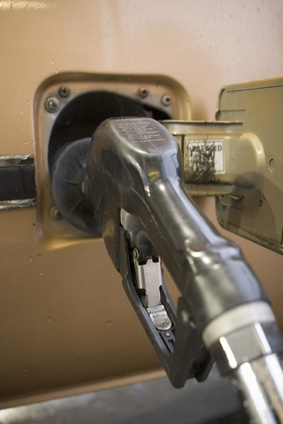
Programing a car's computer is called flashing the Engine Control Unit (ECU). This is normally done to increase a car's power band as well as total horsepower and torque figures; however, this can be done to increase the miles per gallon ratings. This can involve different procedures depending upon the brand of flasher and make/model of the car to be flashed. Some require just a simple software module plugin into the diagnostic port, where as others may require chips to be hardwired into the ECU itself.
Find if your car is supported for ECU flashing. Not all makes and models are supported, either due to a lack of demand, newness of the car model, or the manufacturer itself may have installed protections to prevent flashing. As a rough rule of thumb, if a car has a turbocharger then it will have a ECU flasher, if it does not then it is a 50/50 proposition.
Find a ECU flasher that can support MPG improvements. As previously stated, flashing has been done for power increase not fuel efficiency so there may not be a flasher specifically for MPG improvement. Then you may have to get a higher level flasher that allows you to tweak the settings individually instead of just accept preset settings.
Install the flasher; this will entail a simple plug into the diagnostic plug if it is just a software module. The module will do the work itself. Some stay in the port while others can be removed. Others will require being soldered onto the motherboard of the ECU, which is usually located somewhere in the engine bay. If it must be hardwired then it is recommended that a auto shop do the installation since an errant drop of solder can brick the engine.
Run the car on a dynometer to test the settings. This is especially important if you are tweaking settings individually as the flashing process will be a gradual one that will take constant testing to get it just right.